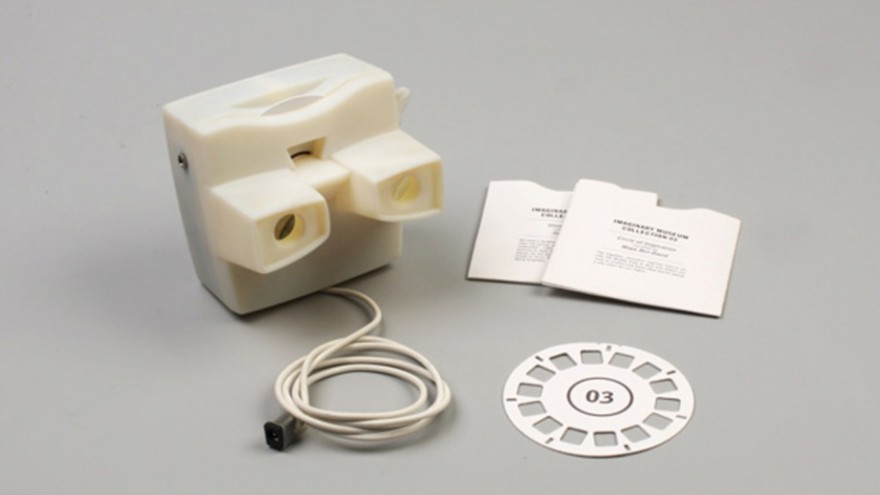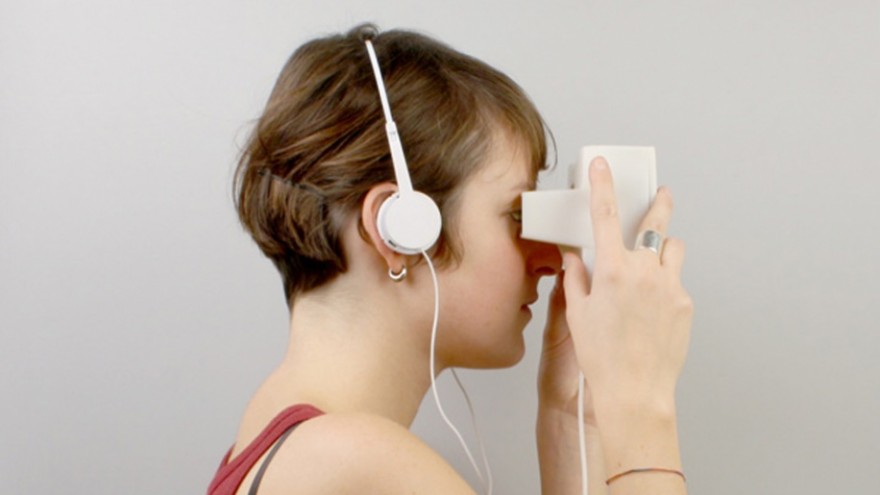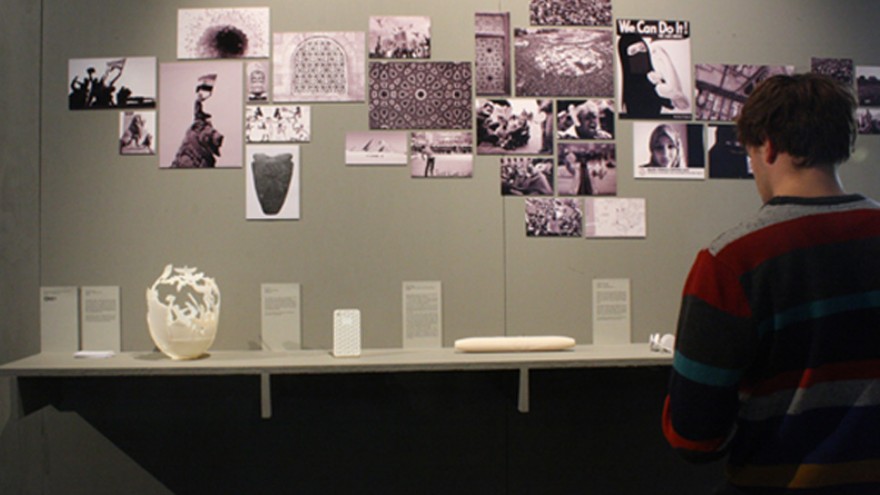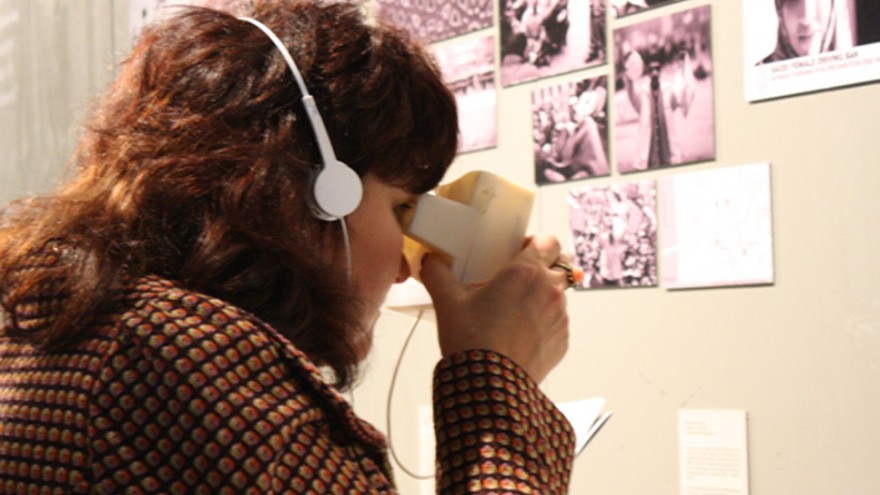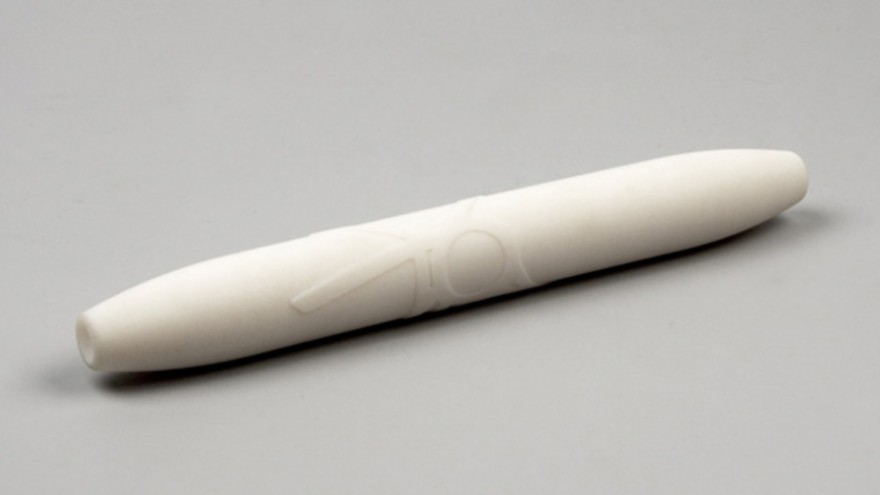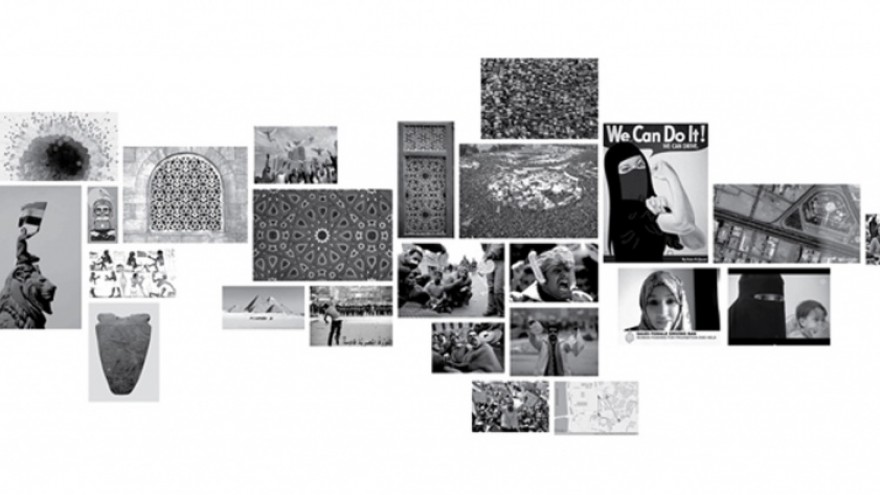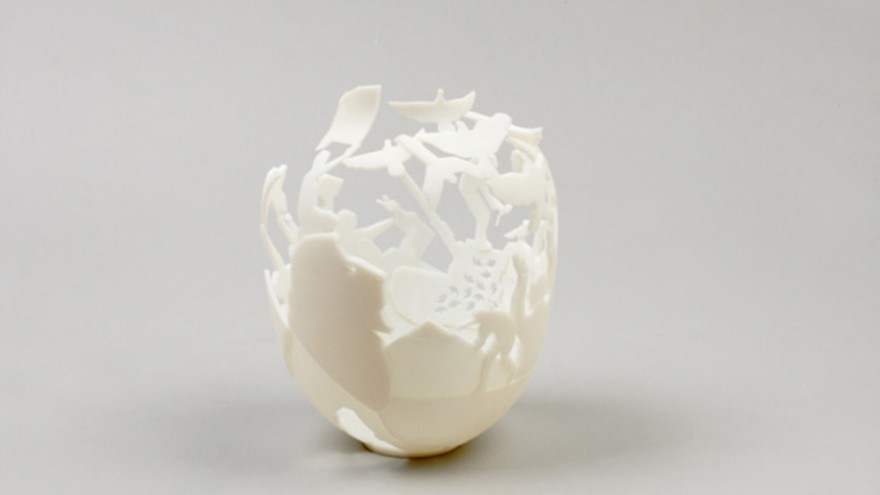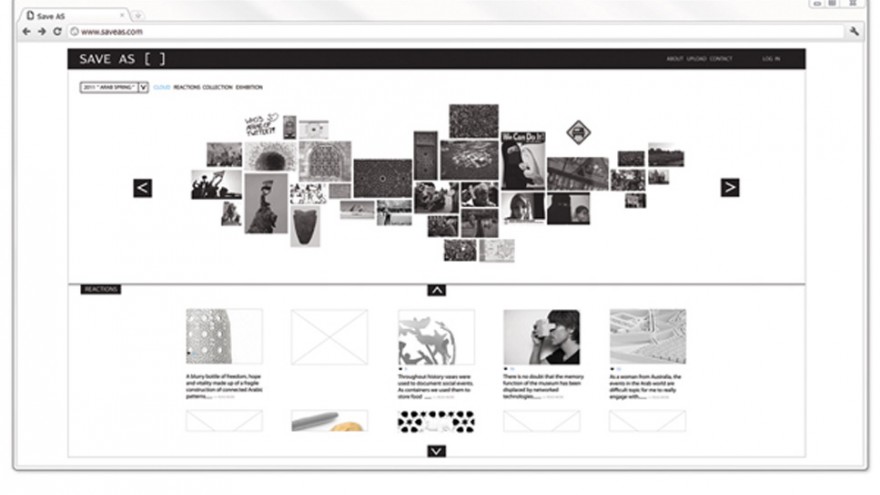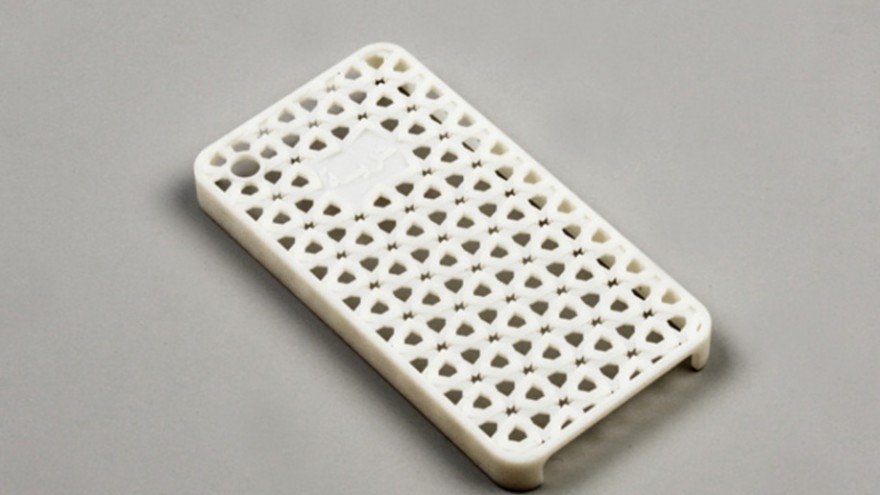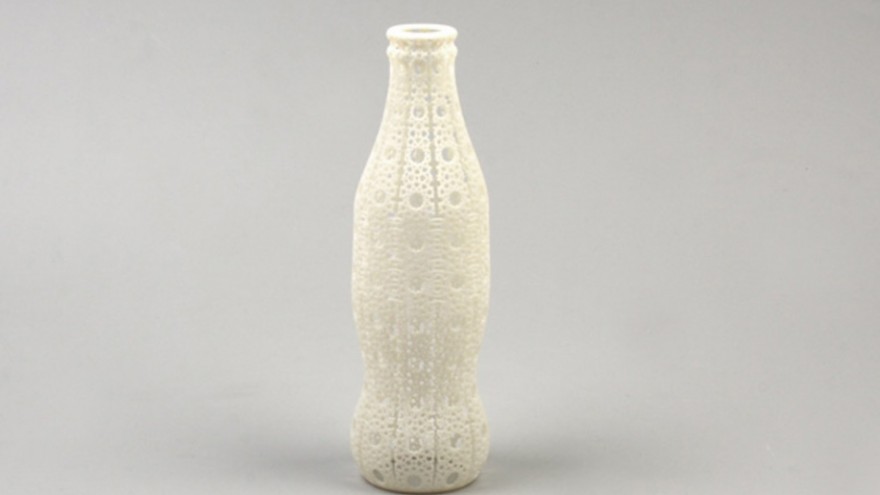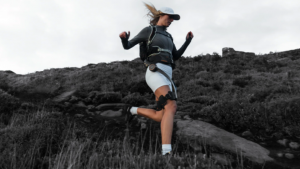Social media and digital sharing technologies has facilitated the sharing and recording of experiences, connecting people in ways that could only have been imaged two decades ago.
These social technologies, Maya Ben David argues, also questions the notion of collective memory, constantly adapting and expanding what this means to a connected society.
For her graduation project at the Design Academy Eindhoven, Ben David created the “Save As” project, a creative, interactive platform for translating online experiences into tangible objects.
The reality, Ben David explains is that “we now share a wider image of our past, of our memory and in that sense the web expanded our sense of social collective and increased our connectivity and our ability to experience and share experiences”.
“Save As” uses the “Arab Spring” events that took place in early 2011 as a departure point. Citizens in Egypt, Tunisia, Libya and the Yemen utilized social media as a tool to spread the word about their political, social and economic grievances with their respective states. As a creative platform, “Save As” called on designers to engage with this new social media reality and “to fill the gap between the parentheses and create their own ‘figures of memory’”, Ben David explained.
Projects participants were asked to respond to the “Arab Spring” (either as a phenomenon or as a singular event) and to design their own “figure of memory”, using 3D printing technologies as the medium for creation.
There were five steps to the “Save As” project, as explained by Ben David:
- Capturing: When anevent happens, people capture it and share the content online.
- Editing: Participants filter and select their favourite online sources and upload them to "SAVE AS" source cloud. This cloud is constantly designed and edited by "SAVE AS" editor. The editor’s role is to bring different media together to form a stimulating edited image, which function as a design brief.
- Designing: Designers are invited to design objects which embody their online experiences from the event. These objects are designed with 3D printing technology and uploaded as a digital file to the "SAVE AS" platform. The design process is stimulated by "SAVE AS" source cloud when each designer feeds back the source cloud with his own relevant links, so the source cloud is a growing feature curated by participants.The submitted objects perform as a kind of Hyper-Objects, explored in the context of their online sources.
- Producing: The general public can explore the objects and the source cloud online and print their chosen object using 3D printing technology. The act of printing shifts from mere production to a personal moment of choice and creation.
- Exhibiting: The uploaded objects will also be curated to form a collection. This collection will be printed and exhibited to the public.The exhibition functions as a bridge, it diffuses the virtual with the physical in a way that will reflect our contemporary way of experiencing..

